Home>Interior Design>Traditional Dining Room Ideas: 10 Ways Timeless Dining Rooms
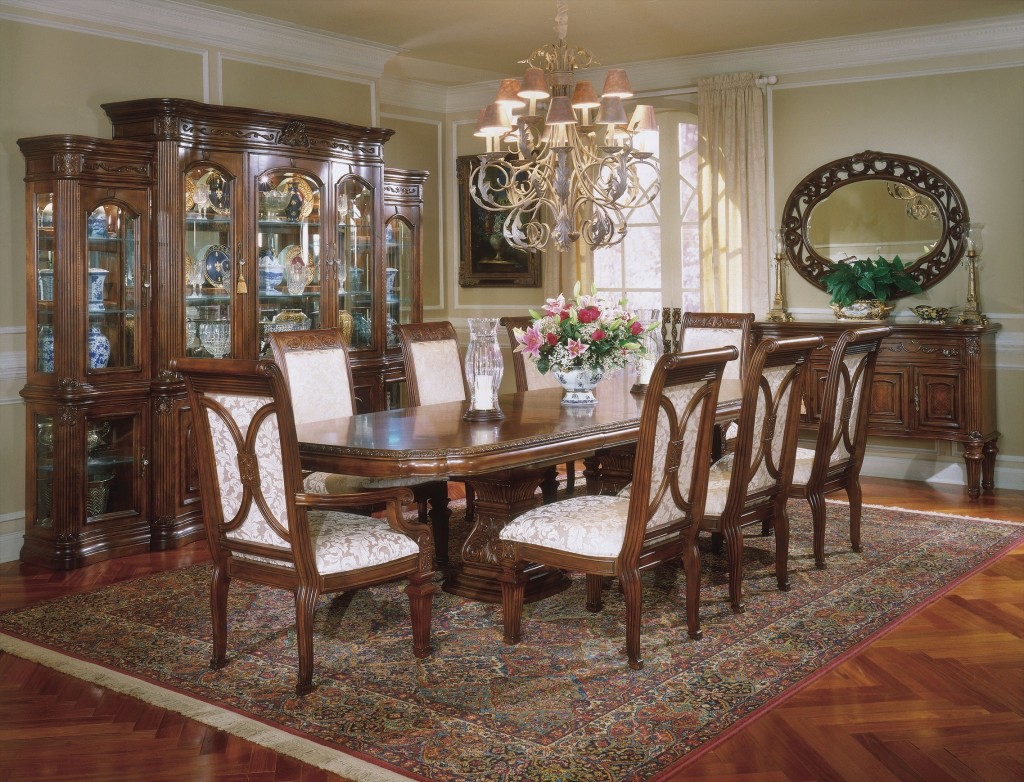

Interior Design
Traditional Dining Room Ideas: 10 Ways Timeless Dining Rooms
Modified: January 19, 2024
Discover timeless dining room interior design ideas that will elevate your space. Learn 10 ways to create a traditional dining room that exudes elegance and charm.
(Many of the links in this article redirect to a specific reviewed product. Your purchase of these products through affiliate links helps to generate commission for Storables.com, at no extra cost. Learn more)
Introduction
The dining room is often considered the heart of the home, a place where family and friends gather to share meals, conversations, and create lasting memories. When it comes to designing a dining room that exudes timeless elegance and sophistication, traditional style is the way to go.
Traditional dining rooms are characterized by their classic aesthetics and refined decor. They evoke a sense of nostalgia and grandeur, while still maintaining a comfortable and inviting atmosphere. From the choice of colors and furniture to the lighting and accessories, every element in a traditional dining room is carefully chosen to create a harmonious and visually stunning space.
In this article, we will explore ten ways to create a traditional dining room that is both timeless and enchanting. Whether you are starting from scratch or wanting to give your existing dining room a makeover, these ideas will help you achieve a space that oozes elegance and sophistication.
So, if you are ready to embark on a journey to transform your dining room into a tasteful and timeless haven, let’s dive into the world of traditional dining room ideas.
Key Takeaways:
- Create a timeless dining room with classic colors, elegant furniture, and formal lighting. Incorporate luxurious textiles, fine china, and natural elements for a sophisticated and inviting space.
- Elevate your traditional dining room with decorative molding, a captivating focal point, and timeless table settings. Accessorize with antique accents and vintage decor for a space filled with timeless elegance and charm.
Embrace Classic Colors
When creating a traditional dining room, selecting the right colors is crucial. Traditional style often utilizes a palette of soft neutrals, warm earth tones, and rich jewel tones to create a sophisticated and timeless look.
Soft neutrals such as creamy whites, gentle beiges, and subtle grays form the foundation of a traditional color scheme. These hues create an elegant and calming backdrop that allows other elements in the room to shine. Consider painting the walls in a classic off-white or a pale taupe to provide a neutral canvas for your dining space.
For a cozy and inviting atmosphere, warm earth tones are an excellent choice. Think warm browns, deep russets, and golden yellows. These colors evoke a sense of warmth and comfort and can be incorporated into the dining room through wall colors, upholstery, or accents like curtains or throw pillows.
To add a touch of opulence and drama to your traditional dining room, consider incorporating rich jewel tones such as emerald greens, sapphire blues, or regal purples. These vibrant colors bring a sense of depth and grandeur to the space, particularly when used in elements like curtains, upholstery, or even a statement piece of furniture.
When utilizing classic colors in your traditional dining room, remember to create a balance between the different hues. You can opt for a monochromatic color scheme by using different shades within the same color family, or you can mix and match complementary colors for added visual interest.
By embracing these classic colors, you can create a dining room that is elegant, refined, and timeless, setting the stage for a memorable dining experience.
Invest in Elegant Furniture
One of the key elements in creating a traditional dining room is investing in elegant and timeless furniture pieces. The right furniture can set the tone for the entire space and create a sense of refinement and sophistication.
A traditional dining table is a focal point in the room and should be chosen with care. Opt for a table that showcases classic design elements such as cabriole legs, intricate carving, or a pedestal base. Consider materials like solid wood or veneer with a rich, warm finish such as mahogany or cherry. The size of the table should be proportionate to the room and accommodate the seating needs of your family or guests.
Styled dining chairs can instantly elevate the look of your dining room. Choose chairs with an elegant silhouette and upholstered seats for added comfort. Tufted backs, nailhead trim, or ornate detailing can enhance the traditional aesthetic. To add visual interest, you can mix and match different chair styles, as long as they complement each other and coordinate with the overall design of the room.
In addition to the dining table and chairs, a sideboard or buffet is a valuable addition to a traditional dining room. This piece of furniture not only provides extra storage space for dinnerware and linens but also acts as a decorative element. Look for a sideboard with intricate detailing, such as carved accents or inlaid marquetry. A matching hutch or display cabinet with glass doors can be used to showcase your fine china or collectibles.
When selecting furniture for your traditional dining room, consider the scale and proportions of the room. Ensure that the furniture fits comfortably without overwhelming the space. It is also essential to choose materials and finishes that are durable and can withstand the test of time.
Investing in elegant furniture pieces will elevate the overall ambiance of your dining room and create a space that exudes timeless charm and sophistication.
Use Formal Dining Room Lighting
The right lighting can make a world of difference in a traditional dining room, creating an ambiance that is both elegant and inviting. Formal dining room lighting options can help set the mood and enhance the overall aesthetic of the space.
One classic lighting fixture that is synonymous with traditional dining rooms is the chandelier. A chandelier serves as a statement piece, often positioned above the dining table, and adds a touch of grandeur to the room. Look for chandeliers with ornate details, such as crystal or glass accents, and consider the size of the chandelier in proportion to the table and the room itself.
In addition to a chandelier, wall sconces can add a layer of ambient lighting to the dining room. These fixtures are typically installed on the walls and can provide soft, indirect lighting that complements the main source of light. Wall sconces with intricate designs and finishes that match the style of the room can enhance the traditional aesthetic and create a welcoming atmosphere.
For a touch of old-world charm, consider incorporating candlestick lamps on your dining room buffet or sideboard. These lamps not only provide additional lighting but also add a sense of romance and nostalgia to the space. Look for lamps with classic designs, such as brass or silver candlestick bases with fabric shades, to create an enchanting ambiance.
When designing your lighting scheme, it’s important to consider the overall balance and functionality of the fixtures. Ensure that the lighting provides adequate illumination for dining, while still creating an inviting and intimate setting. Consider installing dimmer switches to adjust the brightness levels according to the mood and occasion.
By using formal dining room lighting fixtures such as chandeliers, wall sconces, and candlestick lamps, you can create an enchanting ambiance that enhances the traditional atmosphere of your dining space. The right lighting can beautifully highlight the décor and set the stage for memorable dining experiences.
Incorporate Luxurious Textiles
To add an extra layer of opulence and comfort to your traditional dining room, incorporating luxurious textiles is a must. From plush rugs to velvet curtains and silk or satin tablecloths, these materials can elevate the overall aesthetic and create a sense of indulgence.
Start by introducing a plush rug underneath your dining table. A rug not only adds visual appeal but also provides a soft and cozy surface for your feet. Opt for a rug with a classic pattern or intricate design, such as a Persian or Oriental rug, to enhance the traditional look. Consider colors that complement the overall color scheme of the room and ensure the size of the rug is appropriate for the dining area.
Velvet curtains can instantly bring a touch of elegance and sophistication to your dining room. The lush texture of velvet adds a luxurious feel while also providing privacy and controlling the amount of natural light that enters the room. Choose curtains in rich jewel tones or traditional patterns, such as damask or floral, to enhance the traditional aesthetic. Floor-to-ceiling curtains can create a dramatic effect, while shorter curtains can add a touch of charm and allow more natural light to flood the room.
When it comes to dressing the dining table, silk or satin tablecloths are the epitome of luxury. These smooth and shiny fabrics instantly elevate the dining experience and create a refined setting. Opt for a tablecloth in a color that complements the overall color scheme of the room. To enhance the traditional look, consider adding lace or embroidered details to the edges. Complete the table setting with matching napkins made from the same luxurious fabric.
Incorporating luxurious textiles in your traditional dining room adds a layer of sophistication and comfort. From the plush rug underfoot to the velvet curtains framing the windows and the silk or satin tablecloths dressing the dining table, these textiles create a lavish and inviting ambiance that enhances the overall aesthetic of the space.
Display Fine China and Glassware
In a traditional dining room, displaying fine china and glassware not only adds a touch of elegance but also allows you to showcase your prized collection. There are various ways to beautifully display and organize your china and glassware, creating a visually stunning focal point in the room.
One popular option for displaying china is a china cabinet. These furniture pieces are designed specifically to showcase and protect delicate dishes. China cabinets typically feature glass doors and shelves, allowing you to display your china while keeping it safely behind glass. Look for a china cabinet with a traditional design, such as carved details or decorative hardware, to enhance the overall aesthetic of your dining room.
If you prefer a more open and accessible display, glass-front display shelves can be a great choice. These shelves can be mounted on the wall or incorporated into built-in cabinetry. Glass-front shelves allow you to showcase your china and glassware while adding a touch of transparency to the room. Arrange the dishes in an appealing manner, grouping similar pieces together or creating a curated display of mixed patterns and colors.
For your stemware collection, consider incorporating a stemware rack. These racks can be mounted under cabinets or installed on the wall and provide a stylish and convenient way to store and display your wine glasses and goblets. Choose a rack that complements the overall design of your dining room and ensures that the stemware is easily accessible and secure.
When displaying your china and glassware, consider the balance of the display and the overall aesthetic you want to achieve. Create visual interest by incorporating various shapes, sizes, and patterns. Light your display effectively to highlight the beauty of each piece, whether through natural light or strategically placed accent lighting.
By displaying your fine china and glassware in a thoughtful and visually pleasing manner, you can transform your dining room into a stunning showcase of elegance and sophistication.
When designing a traditional dining room, focus on classic furniture pieces, elegant lighting, and timeless color palettes to create a sophisticated and inviting space.
Add Decorative Molding and Trim
To enhance the traditional charm and architectural appeal of your dining room, incorporating decorative molding and trim is a great idea. These details add depth, texture, and a sense of craftsmanship to the space, elevating the overall aesthetic.
One of the most iconic decorative elements in a traditional dining room is crown molding. Crown molding is a decorative trim that is installed at the junction between the wall and the ceiling. It adds visual interest and elegance, giving the room a finished and polished look. Choose crown molding with intricate designs, such as dentil molding or ogee molding, to enhance the traditional style of your dining room.
Another type of molding that can be incorporated into a traditional dining room is chair railings. Chair railings are horizontal molding installed around the perimeter of the room, typically at the height of a chair back. They serve a both a decorative and functional purpose, protecting the walls from damage and adding a touch of sophistication. Chair railings can be simple and understated, or they can feature decorative detailing depending on your desired aesthetic.
Wainscoting is yet another way to introduce decorative molding into your dining room. Wainscoting is a type of paneling that covers the lower portion of the walls, typically up to chair rail height. It adds texture and dimension to the room, giving it a classic and timeless appeal. Wainscoting can be made from various materials, such as wood, beadboard, or raised paneling, each providing a different level of detail and refinement.
When incorporating decorative molding and trim, consider the overall design and color scheme of your dining room. These elements should harmonize with other architectural details and furnishings in the space. Additionally, ensure that the scale and proportion of the molding are appropriate for your dining room, so as not to overpower the overall aesthetic.
By adding decorative molding and trim, such as crown molding, chair railings, and wainscoting, you can transform your dining room into a space that exudes timeless elegance and showcases intricate craftsmanship.
Incorporate Natural Elements
To create a harmonious and inviting atmosphere in your traditional dining room, consider incorporating natural elements that bring a sense of warmth and beauty to the space. From wood accents to fresh floral centerpieces and indoor plants, these elements add a touch of nature and enhance the overall aesthetic.
Wood accents are a staple in traditional interior design and can add a sense of richness and authenticity to your dining room. Consider incorporating wood elements such as a dining table with a solid wood top, carved wooden chairs, or a wooden sideboard or buffet. Opt for finishes that highlight the natural beauty of the wood, such as a rich walnut or a warm oak stain.
Fresh floral centerpieces can instantly brighten up your dining room and add a pop of color. Select flowers that complement the color palette of the space and arrange them in elegant vases or decorative containers. Consider incorporating traditional blooms such as roses, lilies, or hydrangeas for a timeless and romantic touch. Fresh flowers not only add visual appeal but also infuse the room with a delightful fragrance.
In addition to floral arrangements, indoor plants can bring life and freshness to your traditional dining room. Choose plants that thrive indoors and are low-maintenance, such as ferns, orchids, or succulents. Place them strategically around the room to add a touch of greenery and create a soothing and natural ambiance.
When incorporating natural elements, it’s important to strike a balance and ensure they complement the overall design scheme. Avoid overcrowding the space with too many plants or overly elaborate floral arrangements. Instead, opt for a few carefully placed accents that enhance the traditional aesthetic without overwhelming the room.
By incorporating wood accents, fresh floral centerpieces, and indoor plants, you can infuse your traditional dining room with a sense of nature and create a welcoming and serene environment.
Create a Focal Point
In a traditional dining room, creating a focal point is key to capturing attention and adding a touch of visual interest. A focal point serves as the centerpiece of the room and draws the eye, becoming a conversation starter and enhancing the overall ambiance. Here are a few ideas for creating a captivating focal point in your traditional dining room:
Statement artwork can instantly become a focal point in your dining room. Look for large-scale paintings or art pieces with bold colors, intricate details, or striking subjects. Hang the artwork on a prominent wall, preferably above a sideboard or buffet, to create a dramatic impact. The artwork should reflect the overall style and theme of the room and evoke a sense of sophistication and elegance.
A large mirror can also serve as a stunning focal point in a traditional dining room. Choose a mirror with an ornate frame or intricate detailing that complements the style of the room. Hang the mirror on a wall opposite a window or light source to enhance the natural light and create a sense of more space. The reflection in the mirror will add depth to the room and create a sense of grandeur.
If your dining room has a fireplace, consider making it the focal point of the space. An ornate fireplace adds a touch of timeless elegance and creates a warm and inviting atmosphere. Enhance the fireplace with accessories such as a decorative mantel, exquisite fireplace screen, or elegant candelabra. Arrange seating or dining furniture around the fireplace to create a cozy gathering area.
When creating a focal point, it’s important to consider the scale and proportion of the elements in relation to the size of the room. Ensure that the focal point doesn’t overwhelm the space but rather adds visual interest and harmony. You can also use lighting techniques, such as spotlighting or accent lighting, to further highlight the focal point and create a captivating ambiance.
By creating a compelling focal point in your traditional dining room, you can command attention, elevate the aesthetic, and create a memorable dining experience for you and your guests.
Choose Timeless Table Settings
In a traditional dining room, the table setting plays a significant role in creating a sense of elegance and refinement. By selecting timeless tableware, linen napkins, and elegant flatware, you can enhance the traditional aesthetic and elevate your dining experience.
Start with classic tableware that exudes timeless charm. Opt for fine china or porcelain dinnerware with intricate patterns or simple, elegant designs. White or cream-colored plates are versatile and can be easily paired with different table linens and accessories. Consider incorporating a matching set of soup bowls, salad plates, and bread and butter plates to complete the table setting.
When it comes to napkins, linen is the preferred choice for a traditional dining room. Linen napkins provide a luxurious and refined look while adding a layer of sophistication to the table setting. Choose neutral colors, such as white or ivory, or consider coordinating the napkins with the color scheme of the room or the tablecloth. Complete the look by folding the napkins in an elegant manner or adding decorative napkin rings.
Elegant flatware is another essential element for a traditional table setting. Opt for a set of stainless steel flatware with a classic design and a polished finish. Choose pieces with intricate detailing on the handles or opt for a more understated and streamlined design. Ensure that the weight and feel of the flatware are comfortable to use, as guests will appreciate the attention to detail.
To further enhance the table setting, consider adding additional elements such as crystal stemware, silver candlesticks, or decorative centerpieces. Use these accessories sparingly to avoid overcrowding the table and allow the focus to remain on the classic tableware and elegant flatware.
When setting the table, pay attention to the overall balance and visual appeal. Consider the size of the table and the number of guests, ensuring there is adequate space between each place setting. Arrange the plates, napkins, and flatware in a manner that is visually appealing and practical for dining.
By choosing timeless table settings, including classic tableware, linen napkins, and elegant flatware, you can create a dining experience that exudes traditional elegance and a touch of sophistication.
Accessorize with Traditional Decor
To complete the traditional look of your dining room, accessorizing with traditional decor accents is essential. These accessories add character, charm, and a sense of history to the space, enhancing the overall ambiance of your traditional dining room.
Antique accents are a perfect addition to a traditional dining room. Look for vintage or antique pieces, such as candlestick holders, decorative vases, or ornate picture frames. These timeless accents bring depth and personality to the room, telling stories of the past and adding a touch of nostalgia. Display these pieces on the sideboard, buffet, or even as a centerpiece on the dining table.
Vintage wall mirrors not only serve a functional purpose but also create a sense of elegance and sophistication. Look for ornately framed mirrors with intricate detailing. These mirrors can be hung strategically on the walls to reflect light, create the illusion of more space, and add a touch of glamour to the room. Vintage mirrors with distressed finishes or gilded frames can enhance the traditional charm of the space.
A traditional wall clock can become a statement piece in your dining room. Look for a wall clock with a classic design, such as a pendulum or Roman numerals. The ticking of the clock adds a nostalgic touch and serves as a reminder of the passing of time. Hang the clock on a prominent wall, ensuring it is easily visible from various angles in the room.
In addition to these specific accessories, consider incorporating other traditional elements such as framed artwork, decorative plates, or vintage candleholders. These small details can make a big difference in creating an authentic traditional look and feel.
When accessorizing your dining room, be mindful of balancing the overall design. Avoid overcrowding the space with too many accessories, as it may detract from the elegance and sophistication you are trying to achieve. Place the accents strategically, ensuring they enhance the traditional aesthetic without overpowering the room.
By accessorizing your traditional dining room with antique accents, vintage wall mirrors, traditional wall clocks, and other traditional decor elements, you can complete the look and create a space that exudes timeless elegance and charm.
Conclusion
Designing a traditional dining room provides an opportunity to create a space that exudes timeless elegance, sophistication, and charm. By incorporating the ten ideas mentioned above, you can transform your dining room into a haven that is inviting, visually appealing, and filled with aesthetics that stand the test of time.
Embracing classic colors, investing in elegant furniture, using formal dining room lighting, incorporating luxurious textiles, displaying fine china and glassware, adding decorative molding and trim, incorporating natural elements, creating a focal point, choosing timeless table settings, and accessorizing with traditional decor all play a crucial role in creating a traditional dining room that is as beautiful as it is functional.
Remember that creating a seamless and engaging environment does not mean sacrificing practicality or comfort. Ensure that the furniture is comfortable, the lighting is adjustable, and the accessories serve a purpose. Strive for a balance between aesthetics and functionality to create a dining room that is not only visually stunning but also a joy to gather and share meals within.
Whether you are starting with a blank canvas or transforming your existing dining room, the key is to infuse your personal style and preferences into the design. Don’t be afraid to experiment, mix and match, and add your unique touches to make the space truly yours.
By following these ten ideas and infusing your personal touch, you can create a traditional dining room that becomes the heart of your home, a space where cherished memories are made, and where timeless beauty awaits every gathering.
Frequently Asked Questions about Traditional Dining Room Ideas: 10 Ways Timeless Dining Rooms
Was this page helpful?
At Storables.com, we guarantee accurate and reliable information. Our content, validated by Expert Board Contributors, is crafted following stringent Editorial Policies. We're committed to providing you with well-researched, expert-backed insights for all your informational needs.
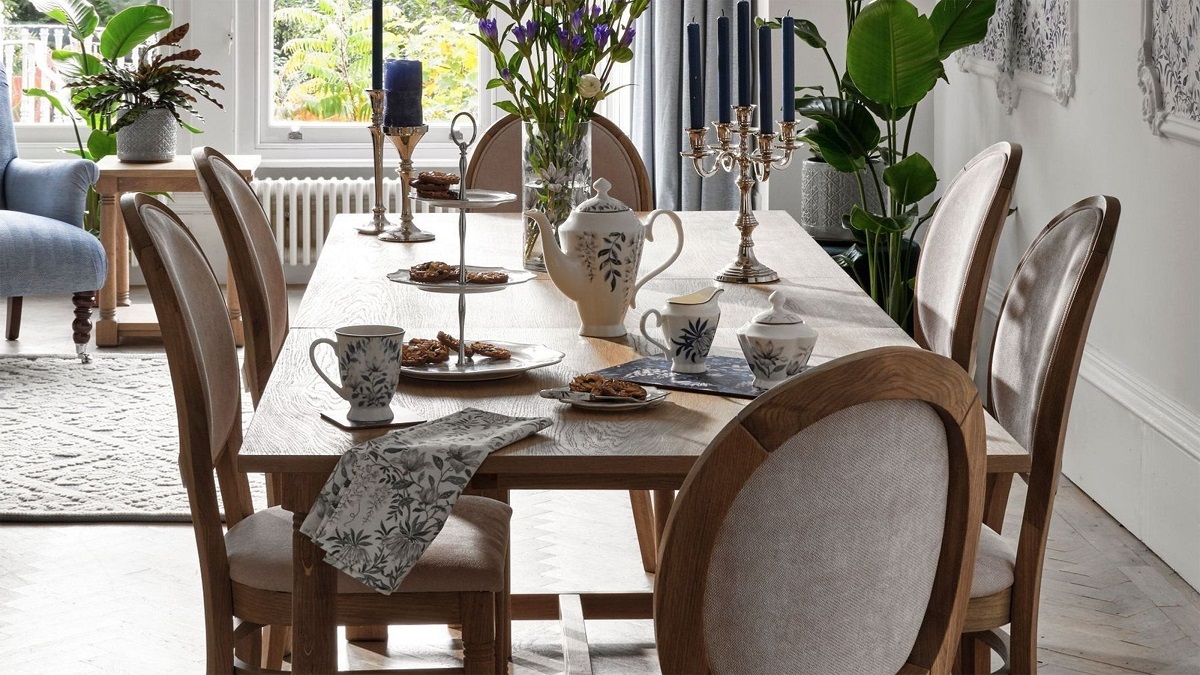
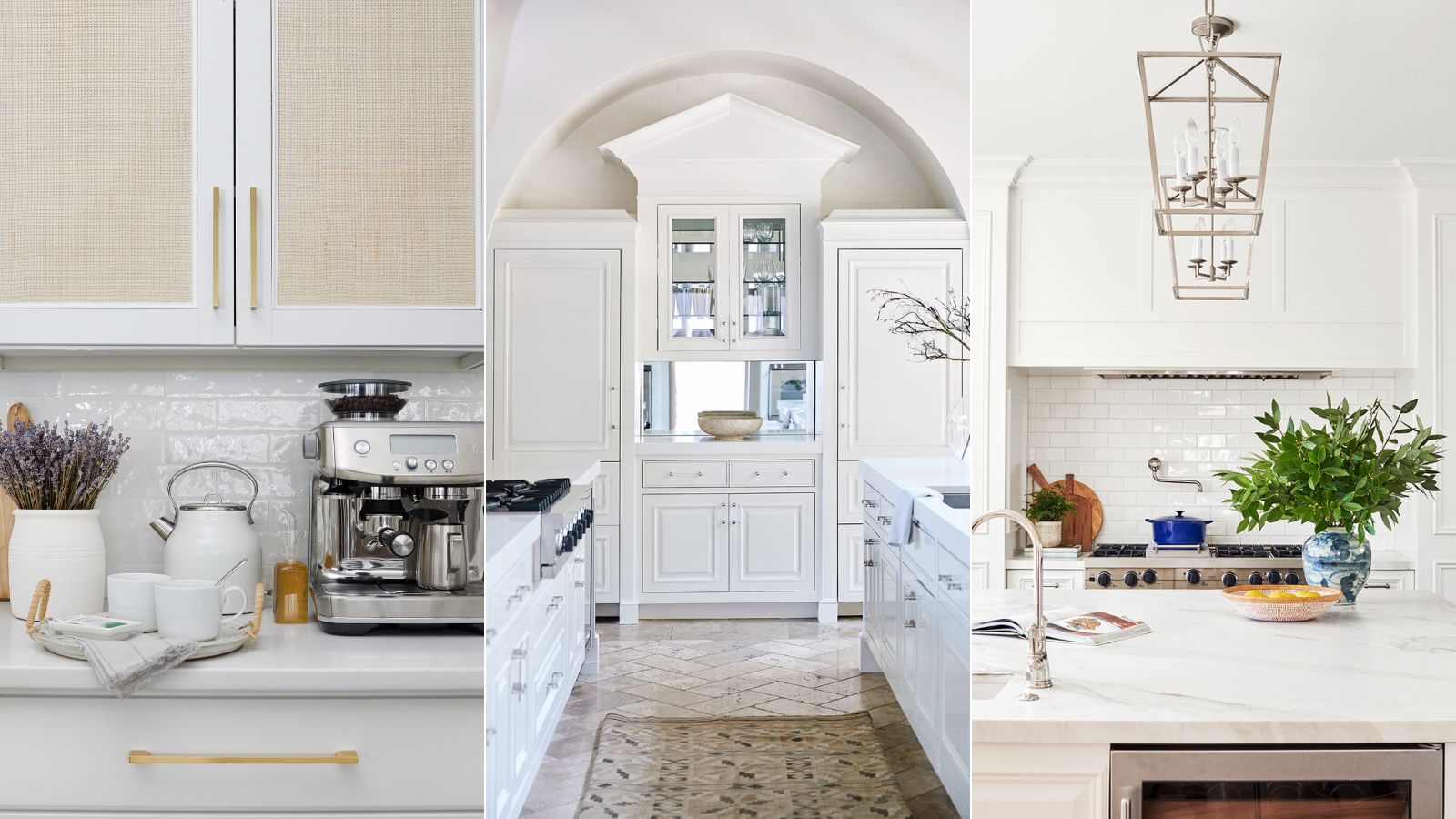
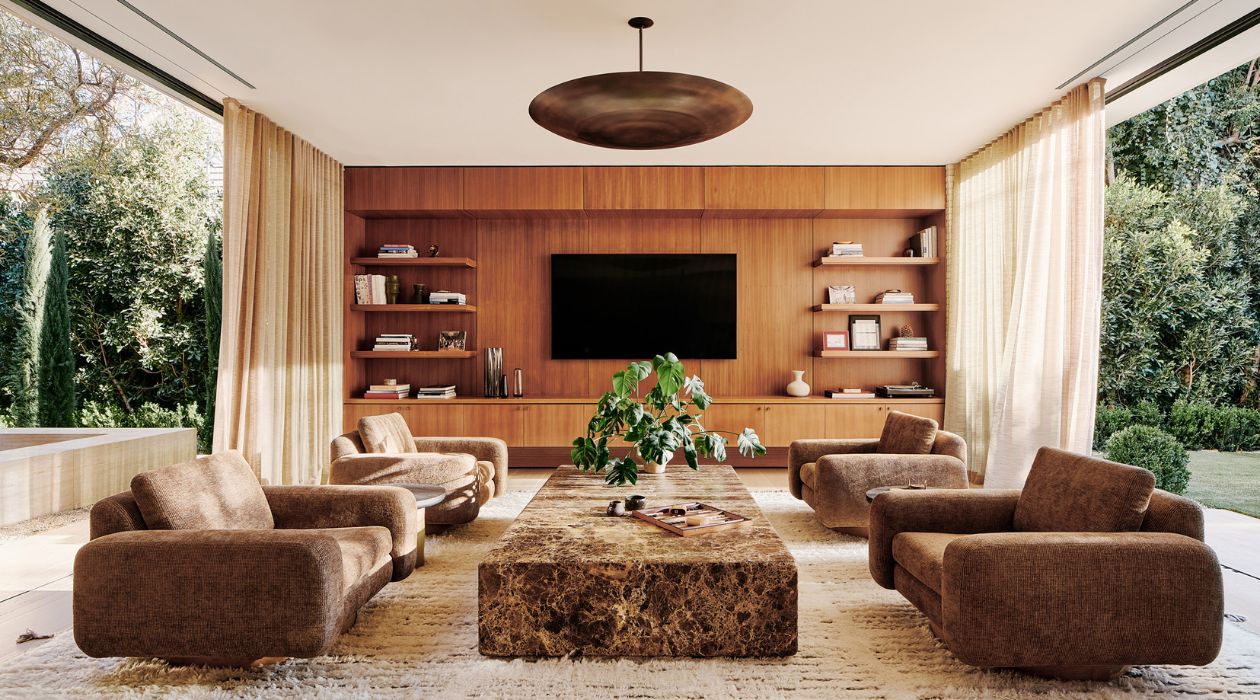
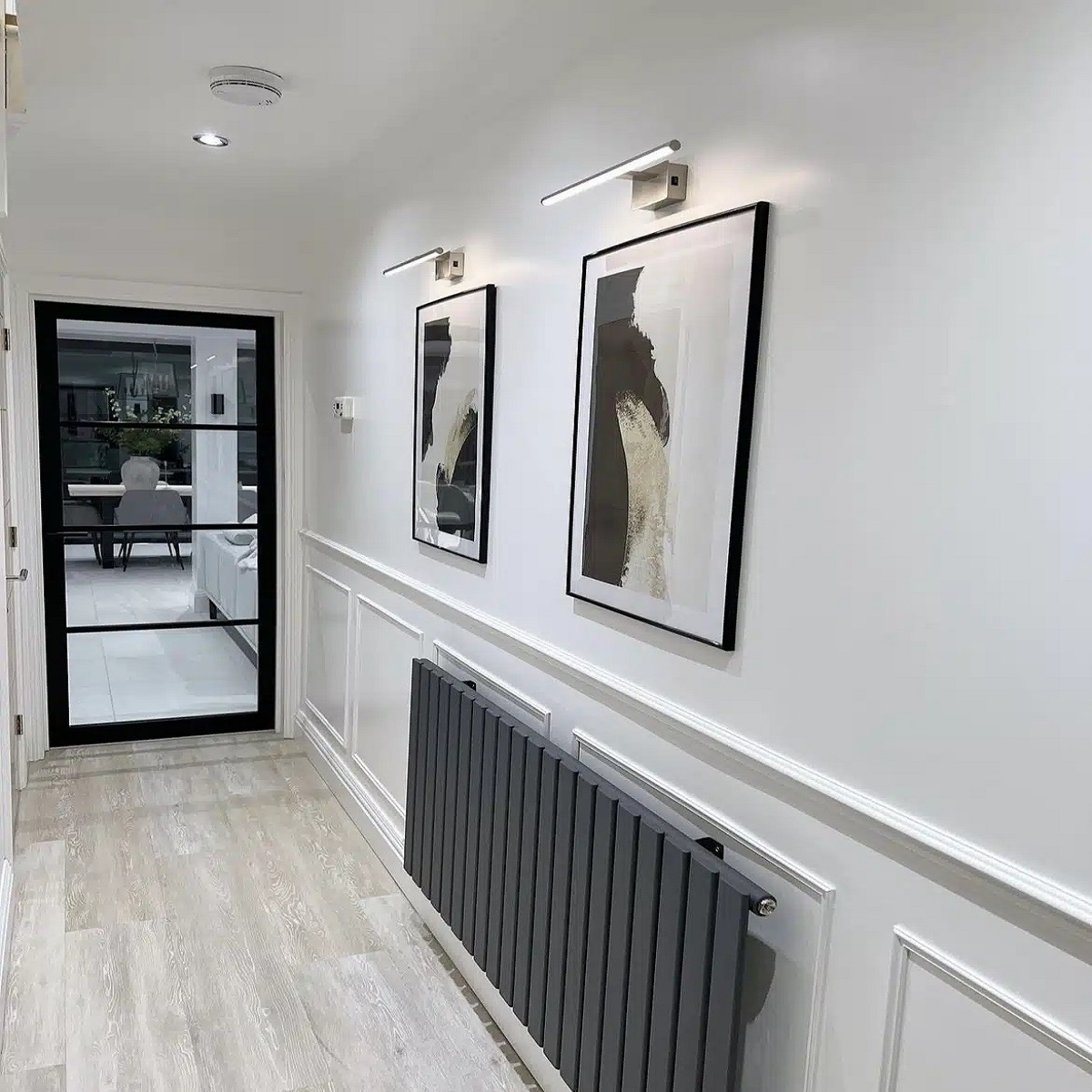
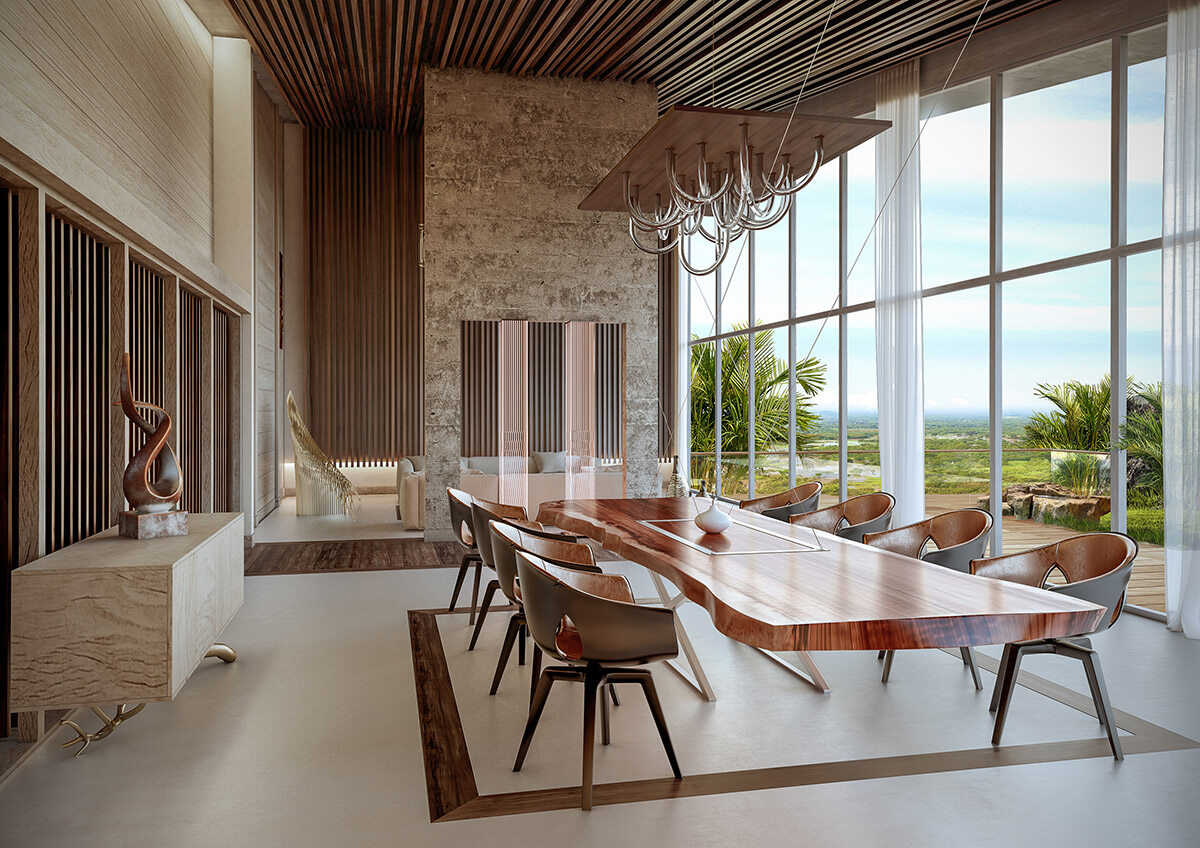
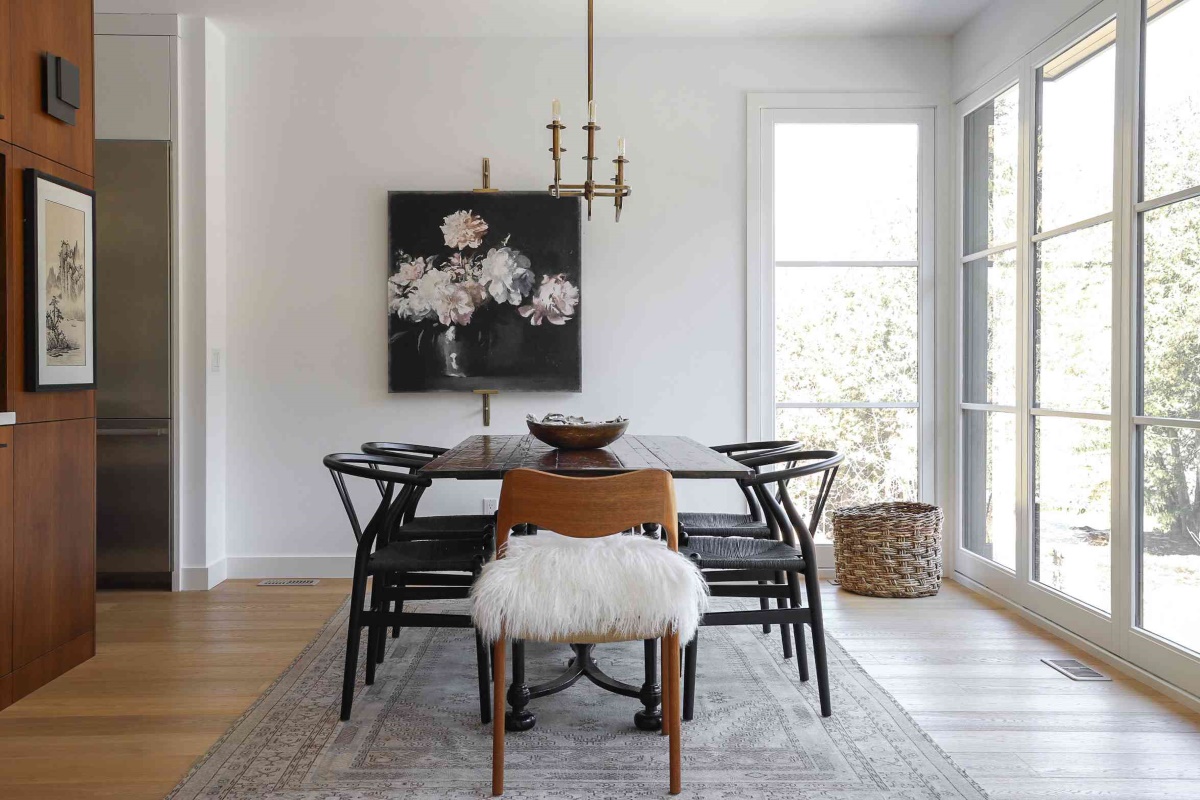
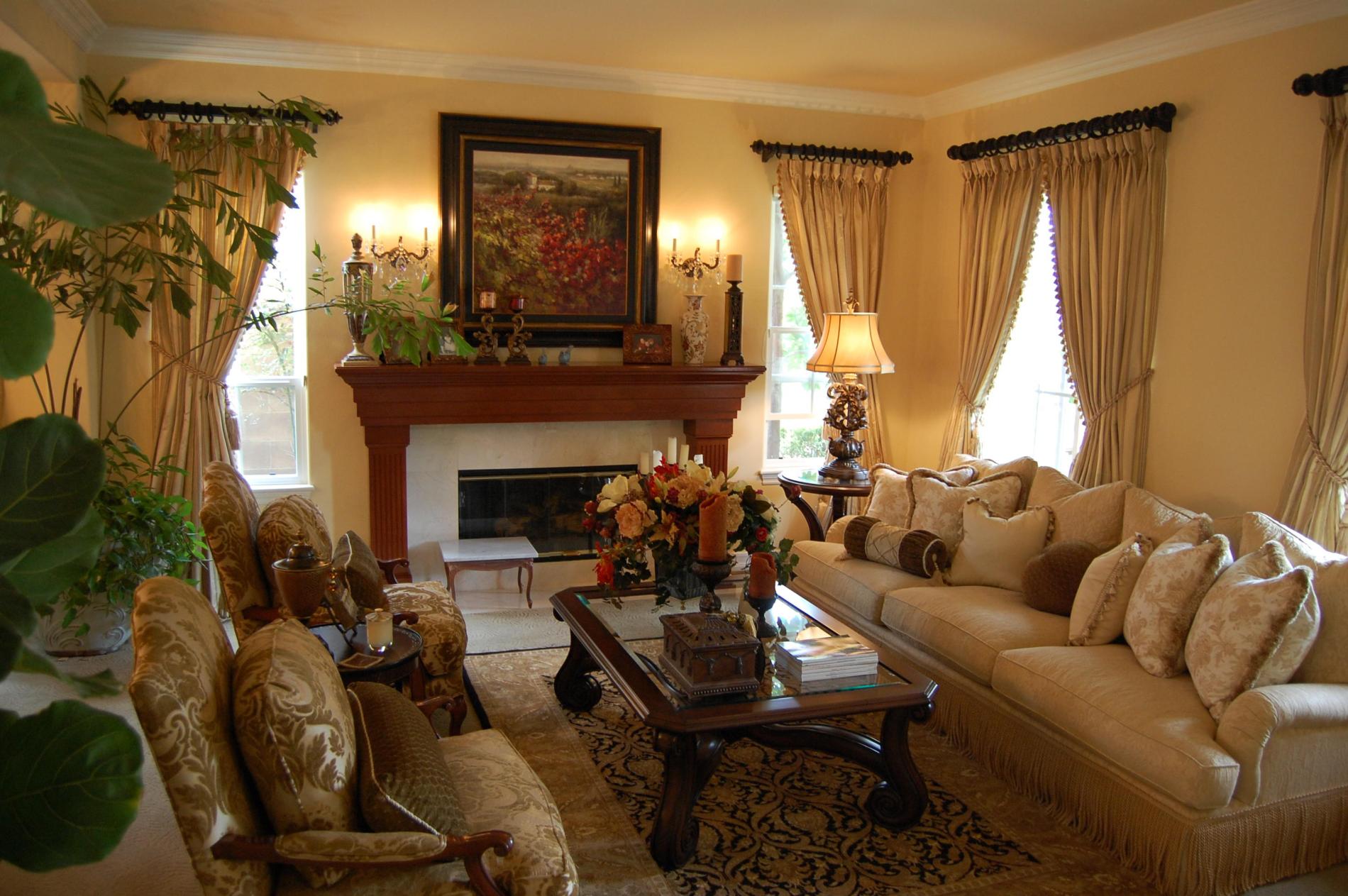
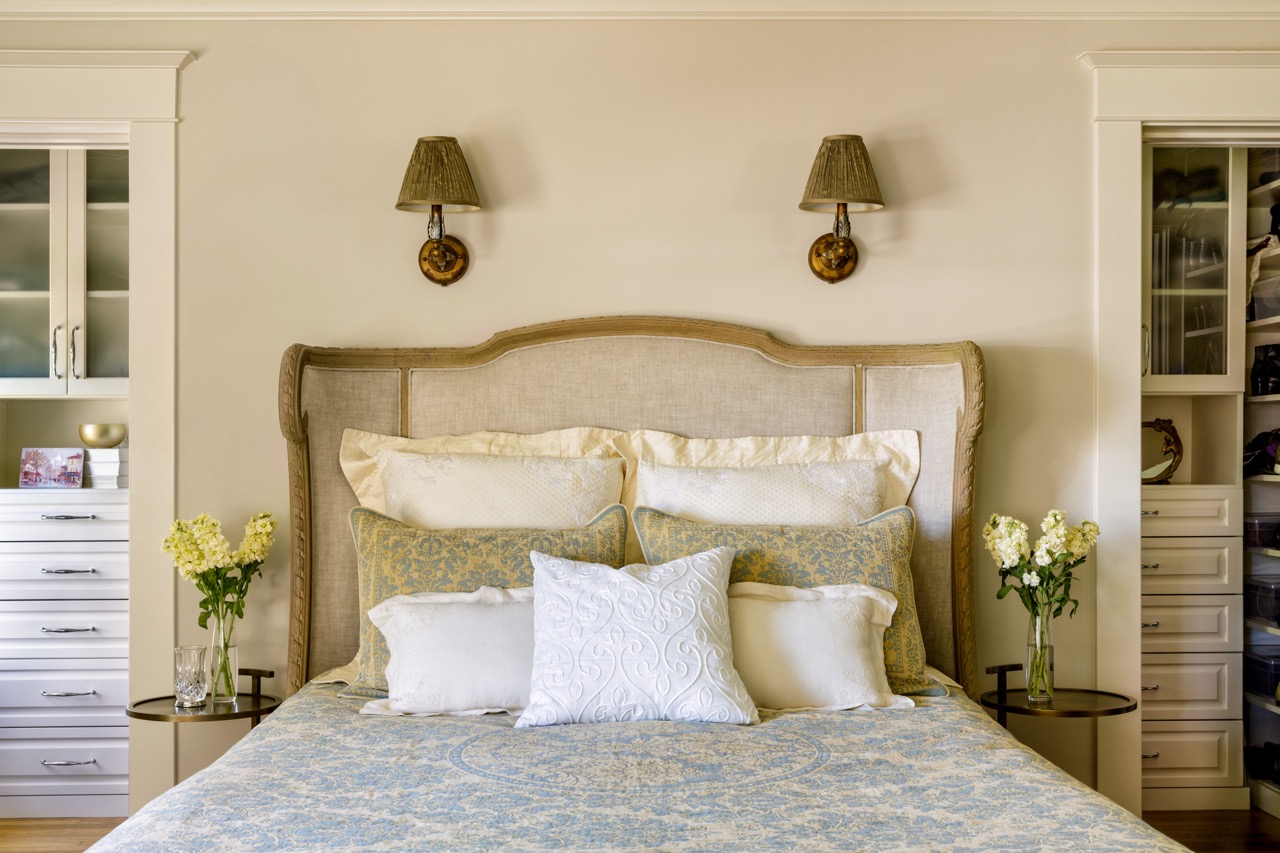
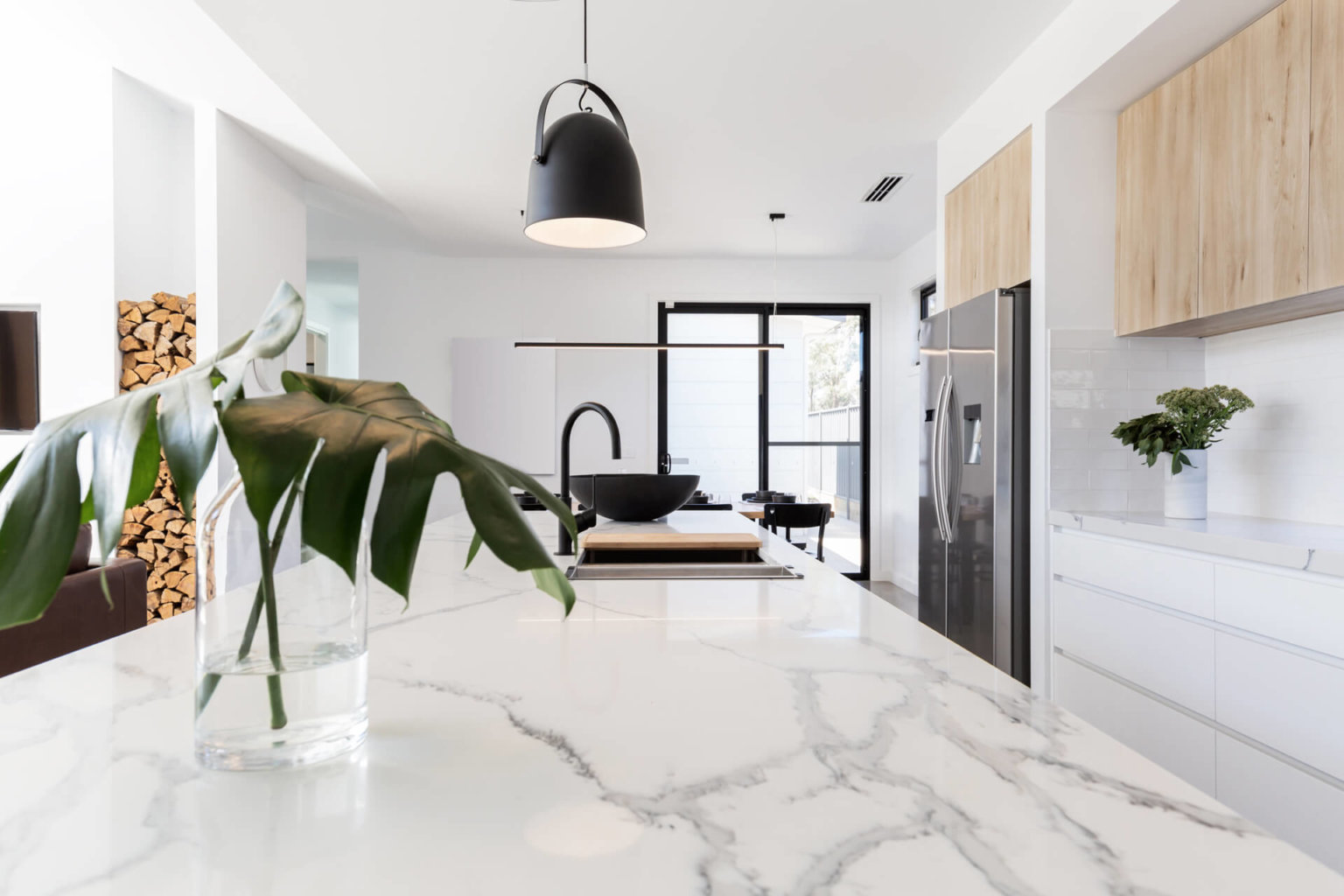
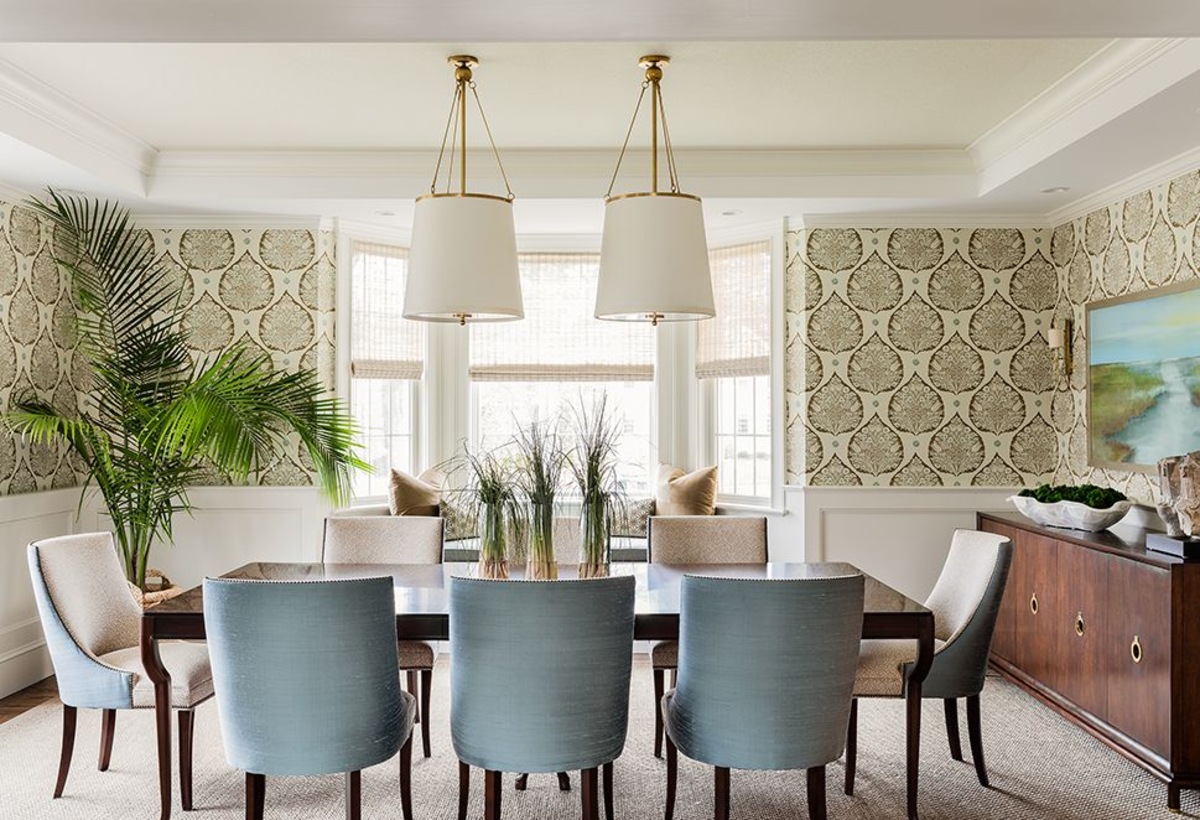
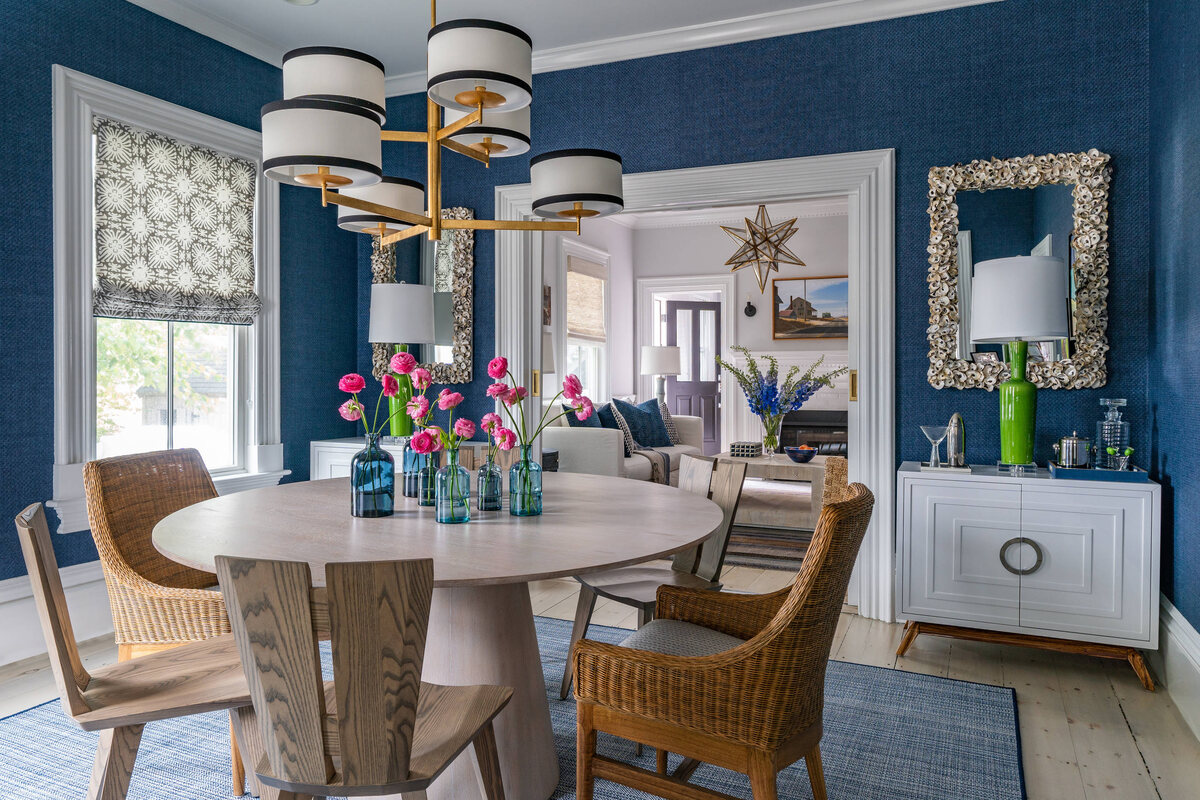

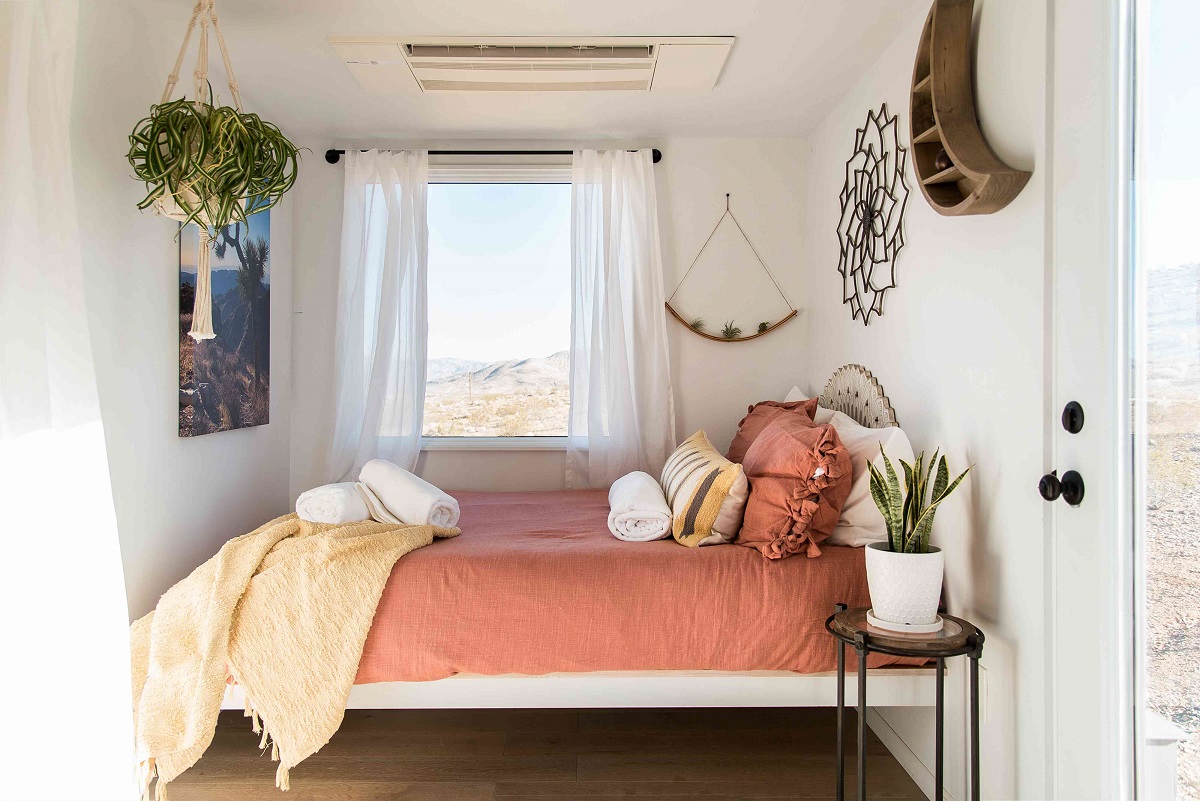

0 thoughts on “Traditional Dining Room Ideas: 10 Ways Timeless Dining Rooms”